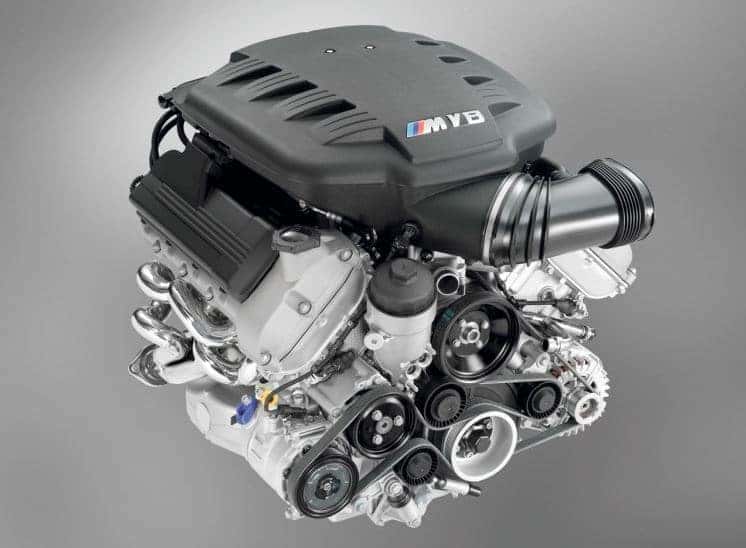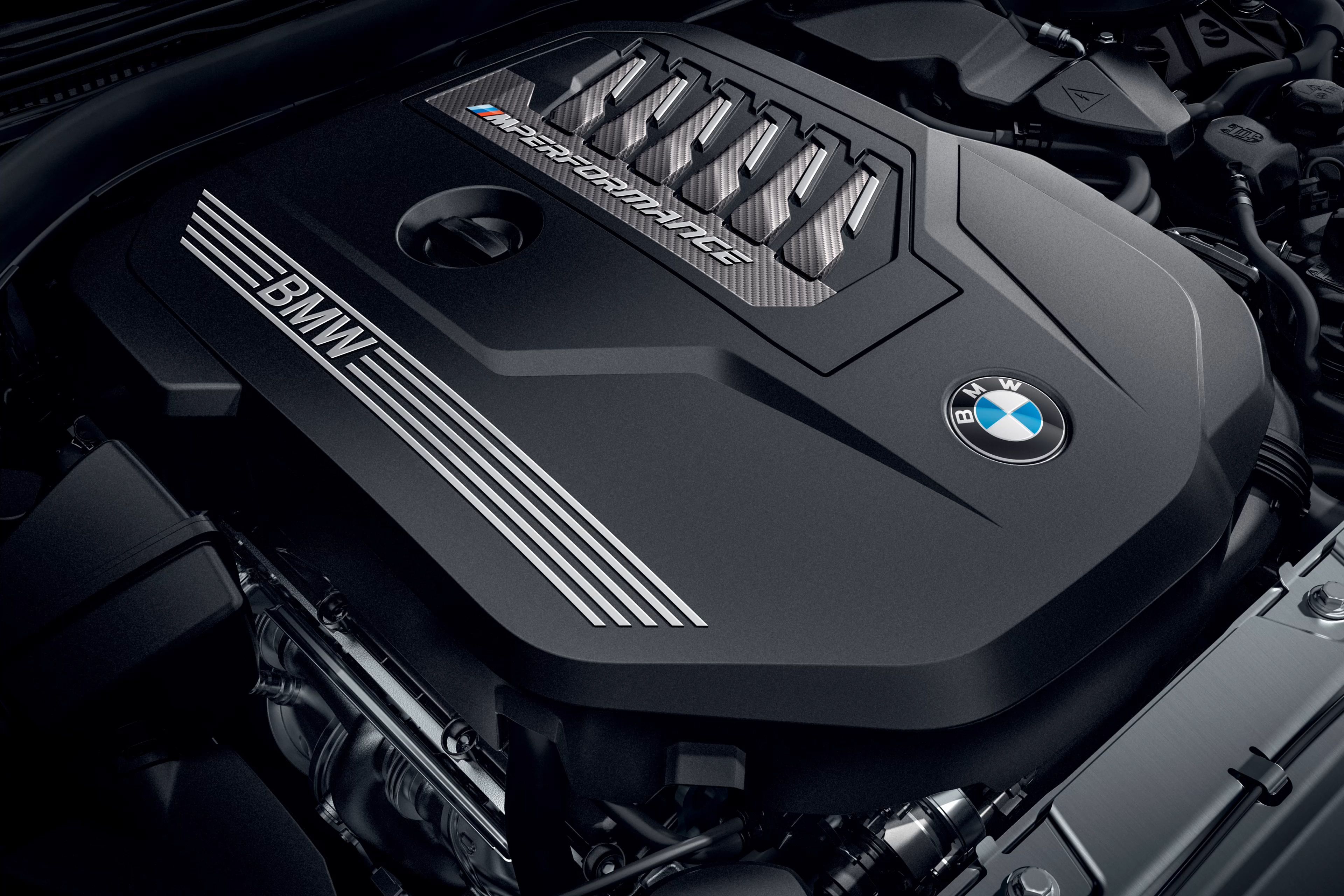Typical Issues Encountered by BMW Engine Owners and Exactly How to Solve Them
Typical Issues Encountered by BMW Engine Owners and Exactly How to Solve Them
Blog Article
Discovering the Advancement of Burning Engines in Modern Transport Systems
As we navigate the landscape of modern-day transportation, the advancement of burning engines stands as a testament to human resourcefulness and engineering prowess. From their humble beginnings to the sophisticated powerhouses moving lorries today, burning engines have gone through an exceptional trip of innovation and adjustment. Comprehending the details of this advancement not only loses light on the past but additionally paves the way for picturing what exists ahead in the world of transportation modern technology. The interaction of background, technology, and ecological problems fit the trajectory of burning engines creates a story that is both informative and compelling.
Early Beginnings of Combustion Engines
How did the concept of combustion engines very first emerge in the early phases of transport growth? The origins of burning engines can be traced back to the 17th century when the concepts of interior combustion were very first explored. In 1673, Christian Huygens conceptualized a basic interior burning engine that utilized gunpowder to generate power. It had not been till the late 19th century that practical applications of burning engines in transport started to emerge.
The development minute featured the creation of the first effective gasoline-powered engine by Karl Benz in 1885 - bmw engine. This engine led the means for the growth of the contemporary vehicle, transforming transport systems worldwide. Succeeding developments by Nikolaus Otto and Gottlieb Daimler additionally improved burning engine innovation, resulting in the automation of autos and the rapid development of the transport market
These early burning engines were identified by their simpleness and effectiveness, laying the structure for the complicated and effective engines used in contemporary transportation systems. The advancement of combustion engines has actually contributed in forming the way we travel and carry products, noting a substantial landmark in the history of transportation growth.
Change to Internal Combustion Innovation
The transition to inner burning innovation noted a crucial shift in the advancement of transport systems. This shift started in the late 19th century, with developers like Nikolaus Otto and Gottlieb Daimler establishing the initial successful internal burning engines. These engines revolutionized transportation by using a more reliable and effective alternative to vapor engines and electric motors.
One of the crucial benefits of interior combustion engines was their ability to be reduced to fit into automobiles, bring about the advancement of vehicles and bikes. This shift from cumbersome, fixed engines to small, mobile ones led the means for the modern transportation systems we see today.
The transition to inner combustion technology likewise spurred advancements in gas technology, causing the advancement of gas and diesel as main gas sources for vehicles. This change not only made transportation extra obtainable to the masses however additionally laid the foundation for the oil and gas sector to end up being important to international economic situations.
Influence of Combustion Engines on Transport
The adoption of burning engines in transportation systems catalyzed a profound shift in the effectiveness and speed of global wheelchair. Combustion engines transformed transport by supplying a reputable and flexible resource of power for numerous automobiles, consisting of automobiles, trucks, ships, and aircrafts. This advancement considerably improved the capacity for goods and people to relocate over cross countries in much shorter time structures, leading to boosted connection between areas and review nations.
Additionally, the extensive usage of burning engines has had a substantial influence on financial growth. The ability to transfer goods efficiently has actually spurred trade and business, allowing organizations to expand their markets and reach consumers worldwide. This has actually promoted economic growth and globalization, as items can now be carried quicker and in larger amounts than ever.
However, the environmental effect of burning engines can not be neglected. The burning of fossil fuels has actually caused air pollution and greenhouse gas emissions, adding to environment change and posing health threats to populations. bmw engine. Because of this, there is an expanding emphasis on developing alternate propulsion innovations to mitigate these adverse effects and develop a much more lasting future for transportation
Developments in Burning Engine Layout
One noteworthy innovation is the growth of turbocharged engines, which make use of exhaust gases to drive a wind turbine that compresses incoming air, enabling for more gas to be burned, resulting in raised power output without a considerable rise in engine dimension. Variable shutoff timing systems have also transformed engine design by optimizing air flow at different engine speeds, enhancing both power and performance. These innovations jointly contribute to the continuous enhancement of burning engines in contemporary transport systems.
Future Trends in Combustion Engine Advancement
With technology developments driving constant advancement, the future of combustion engine growth is positioned to reinvent transportation systems globally. One of the essential fads in burning engine advancement is the press towards greater effectiveness and decreased emissions. Makers are spending heavily in r & d to enhance engine performance while meeting strict ecological laws. This includes the integration of advanced fuel shot systems, boosted turbocharging techniques, and the usage of lightweight materials to maximize fuel intake and reduce carbon discharges.
Another prominent fad is the fostering of hybrid technologies in burning engines. Crossbreed engines integrate traditional combustion innovation with electrical power, using enhanced fuel efficiency and lower exhausts. As the vehicle market shifts towards electrification, hybrid combustion engines are seen as a transitional solution that bridges the space between conventional vehicles and totally electrical ones.
Moreover, the combination of smart technologies, such as fabricated intelligence and information analytics, is anticipated to play a substantial role in the future of burning engine development. These technologies can enhance engine efficiency in real-time, causing extra effective combustion processes and improved total automobile performance. find more Embracing these future patterns will not only drive innovation in burning engine growth yet also add to an extra sustainable and eco-friendly transport ecosystem.

Conclusion
In final thought, the development of burning engines in modern-day transport systems has been marked by substantial advancements in innovation and design. find more information From the early beginnings of burning engines to the transition to interior combustion innovation, these engines have had a profound effect on transport. Advancements in burning engine layout remain to drive development in this area, with future patterns focusing on further improving effectiveness and minimizing exhausts. The future of burning engines in transportation looks encouraging as r & d efforts proceed to push boundaries.
The roots of burning engines can be mapped back to the 17th century when the concepts of interior burning were very first discovered. These engines transformed transport by supplying a more effective and effective choice to steam engines and electric motors.

Report this page